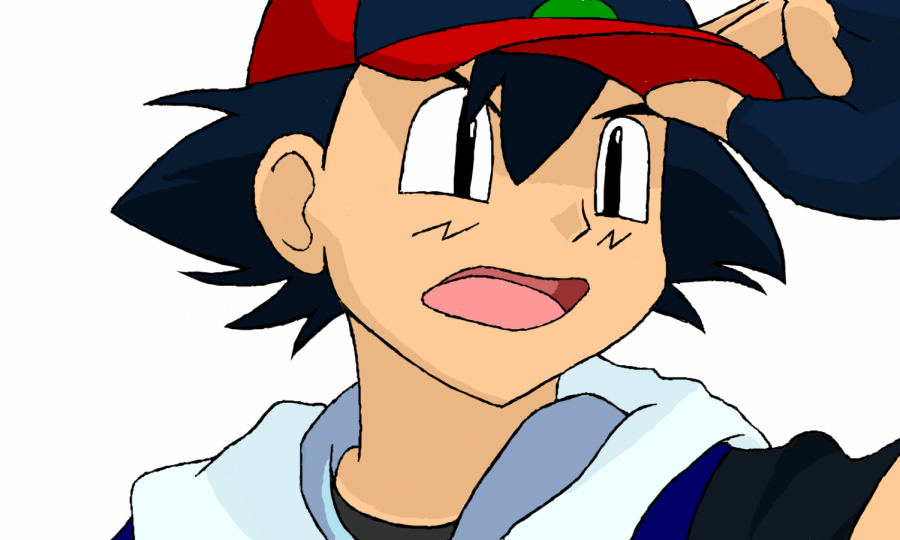I’m sure that most of you reading this article know what anime is, whether you’re a complete otaku (an anime superfan, like me) or have just seen pictures of the new Dragon Ball Super movie on Twitter. Over the years, anime has become very popular in the West, through series such as Fullmetal Alchemist Brotherhood, Naruto and the aforementioned Dragon Ball Super (or Dragon Ball Z, or Dragon Ball GT, etc).
Not only has anime gained a large following as a form of animation, but it has also become quite a popular art style as well. In the modern day, people love to create their own “anime-style” pieces. However, as it turns out, many art teachers are very much against the use of anime – so much so, in fact, that a lot of them ban their students from practicing the art style in class. A few teachers have even developed harsh prejudices against students who draw anime-style artwork in class, which results in toxic interactions.
But why is this? Why do art teachers vehemently oppose anime? Well, there are many reasons for this trend, and a lot of them are actually quite understandable. Some art teachers don’t support the use of the anime art style because they feel it makes their students learn only how to copy other people’s work, preventing them from learning about fundamental concepts such as proportions and shading. Other art teachers don’t like it because some students get locked into the anime aesthetic, which closes a lot of doors for them in the future.
However, there exists another, less substantial reason for art teachers’ hostility towards anime which includes the generalization that those who use the anime art style give no indication as to their true identity as an artist because anime is “someone else’s style” and “always looks the same.”
This argument is completely flawed. To start, if anime is really “someone else’s art style,” then what do you call impressionism, realism and cubism? Every well-known art style was invented by “someone else”, and yet anime is singled out amongst the crowd. Wanting students to draw in their own way is good and all, but creating a unique, never-before-seen art style shouldn’t be the expectation. This would require the student to be somewhat extraordinary.
The art style an artist uses isn’t the best way to tell what makes them unique; what really matters is what an artist does with said art style – and contrary to common rhetoric, there’s a lot that can be done with anime. In fact, many popular series such as Jojo’s Bizarre Adventure, Mob Psycho 100 and Little Witch Academia have been lauded for pushing the boundaries of what defines the anime art style.
Rather than shunning anime, art teachers should embrace it as they would with any other art style. Art teachers should instead strive to help their students draw the best anime possible. Teachers could even include anime in their curriculum, giving out assignments which challenge students to make the art style their own. It is possible that teachers would begin to notice subtle differences between each student’s artwork and realize that not all anime is the same.
If a student is copying the style of another anime artist, their teacher should ask the student why. It could possibly be out of sheer laziness, which should definitely not be supported, but perhaps the student sees something within the artist’s style that they can identify with. If that’s the case, then the teacher should encourage the student to completely master the style of the person they’re imitating, so that said student can eventually get to the point where someone could look at an original piece — a piece that he or she drew without a reference — and say “are you sure that’s not Hirohiko Araki’s work?” or “Ken Sugimori would be proud indeed!” Afterwards, the student may even begin putting their own twist on the style, creating an entirely unique form of anime; after all, that’s how many great art styles have been created in the past — off of the foundations of those that came before them.
It’s true that there are important and legitimate concerns surrounding the use of anime in art classes, and those reasons should be addressed when dealing with anime-loving students. What’s most important, however, is that art teachers encourage their pupils to express themselves in whatever style of art they think is best. After all, isn’t that what art is all about?


































